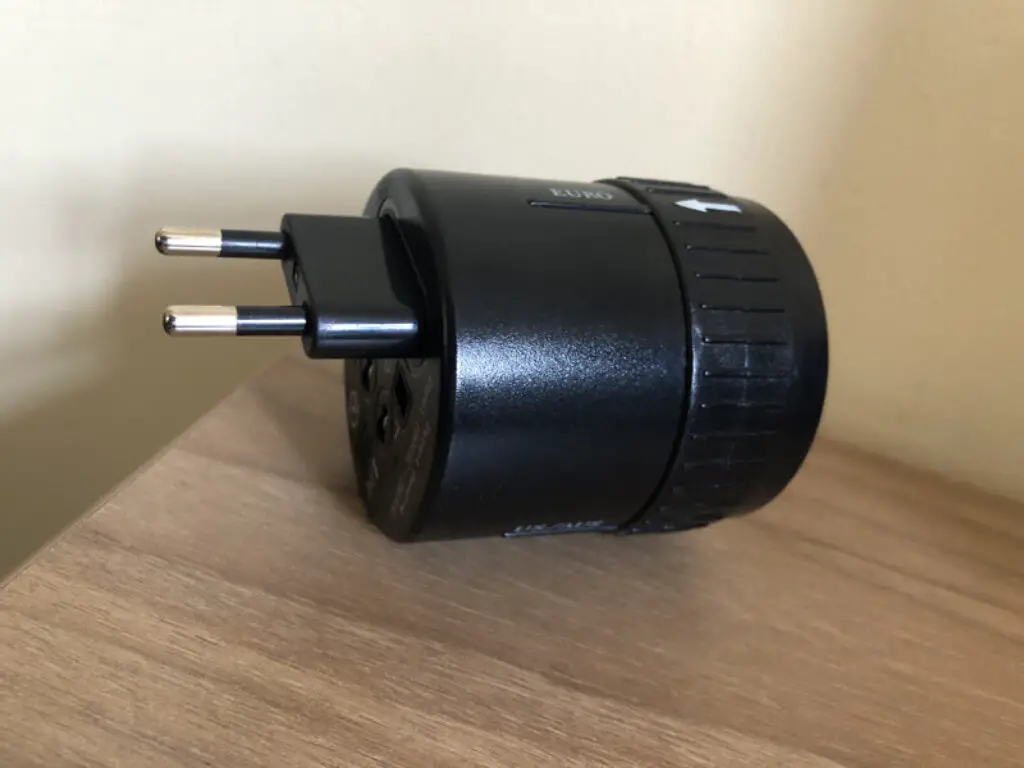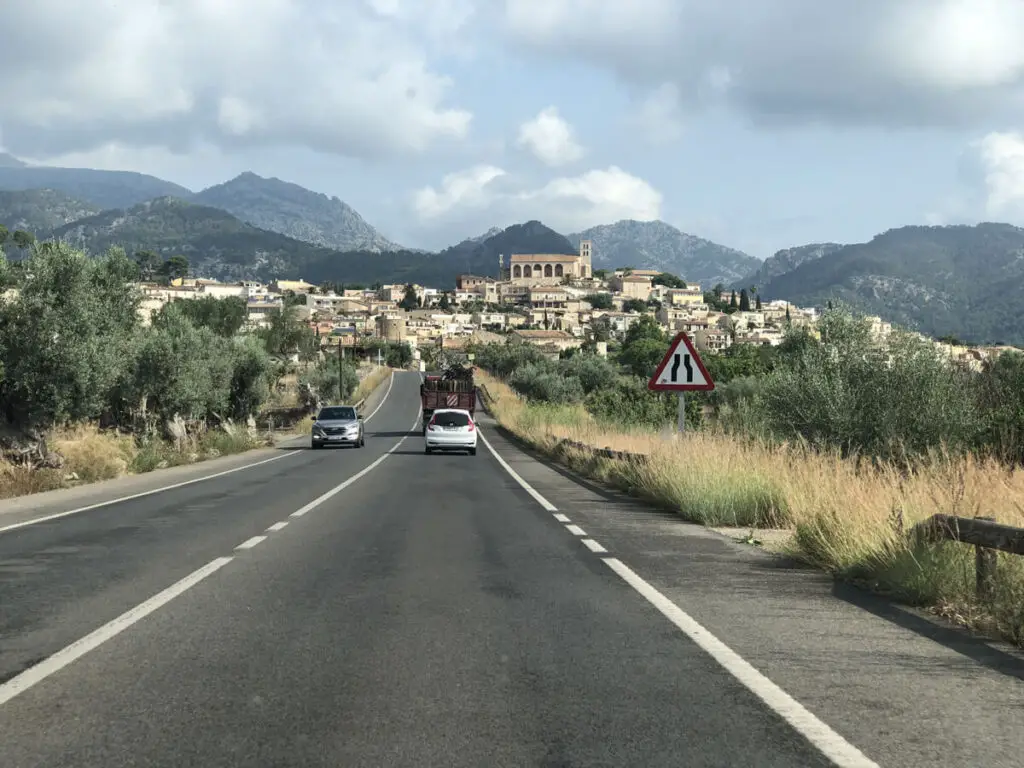UV in Spain: Monthly Levels & Guidelines

Spain’s sunny climate attracts millions of visitors each year, lured by its beautiful beaches and vibrant culture. However, with the abundance of sunshine comes an increased risk of exposure to harmful ultraviolet (UV) radiation.
UV level in Spain are typically low to moderate (1-6) from October until April, and become high to very high (7+) from May through till September. During summer when UV is at its peak, it’s crucial to wearing sunscreen, consider wearing protective clothing, and seeking shade during peak hours, to avoid the harmful effects of excessive UV exposure.
In this article, we will delve into the average UV levels in Spain for each month, discuss the dangers of overexposure to the sun, and provide essential tips for protecting your skin year-round.
Average UV Index in Spain By Month
| Month | Average UV Index |
| January | 1 to 2 (Low to Moderate) |
| February | 2 to 3 (Low to Moderate) |
| March | 3 to 4 (Low to Moderate) |
| April | 4 to 6 (Moderate) |
| May | 5 to 7 (Moderate to High) |
| June | 6 to 8 (High) |
| July | 7 to 9 (High to Very High) |
| August | 7 to 9 (High to Very High) |
| September | 6 to 8 (High) |
| October | 4 to 6 (Moderate) |
| November | 2 to 3 (Low to Moderate) |
| December | 1 to 2 (Low to Moderate) |
UV levels can vary from year to year and by location. They are influenced by factors such as latitude, altitude, and weather patterns.
So, if you want an accurate reading for the day, you will need to consult official sources for the most accurate and up-to-date information on the UV in Spain.
Any value exceeding 10 is considered “extremely dangerous” in terms of UV exposure. During a scorching heatwave in Spain, the UV index can surge to levels as high as 11. At this extreme UV intensity, prolonged exposure can cause severe sunburn and lead to skin damage, increasing the likelihood of skin cancer.
Hence it is crucial for you to take extra precautions. During this time you should seek shade during peak hours and apply high SPF sunscreens, to safeguard your skin from the harmful effects of intense UV radiation.
Choosing the Best SPF for Different Times of the Year
Selecting the right sunscreen with the appropriate sun protection factor (SPF) is crucial for effective sun protection.
A broad-spectrum sunscreen with an SPF of 30, will provide adequate protection for the month of December through till March when UV levels are lower in Spain. On the other hand, opting for a broad-spectrum sunscreen with an SPF of 50 or higher, will offer enhanced protection against the stronger UV rays from April until November.
SPF 30 Sunscreen – Travel Size, Cabin Bag Only Trips
SPF 50 Sunscreen – Travel Size, Cabin Bag Only Trips
Kids SPF 50 Sunscreen -Travel Size, Cabin Bag Only Trips
When to Avoid the Sun in Spain
During the summer months, UV radiation reaches its highest levels. Its recommended to avoid the sun during peak hours between 10 AM and 4 PM. During this time, the sun’s rays are most intense, posing an increased risk of sunburn and skin damage.
Additionally, during heatwaves when temperatures and the UV in Spain soar to extreme values, it is crucial for vulnerable individuals, such as the elderly, children, or those with certain health conditions, to avoid going outside altogether during peak hours. Excessive heat and UV exposure can lead to heat-related illnesses and exacerbate existing health issues.
To stay safe during sunny days in Spain, it’s essential to seek shade, plan outdoor activities during cooler hours, wear protective clothing, apply sunscreen with high SPF, and stay well-hydrated.
You should also pay attention to weather forecasts and official advisories can help you make informed decisions to protect yourself and your loved ones from the adverse effects of intense UV radiation and extreme heat.
Tanning in the Shade
When in Spain, you can still get some sun exposure and possibly a mild tan while sitting in the shade. The shade provides some protection from direct UV rays, reducing the risk of sunburn and immediate skin damage.
However, it’s important to remember that even in the shade, you are not completely shielded from UV radiation. Some UV rays can scatter and reflect off surfaces, contributing to a minimal level of exposure. For example if you are at the beach under an umbrella all day, you will get red if you do not apply sunscreen.
Sunlight is an essential source of Vitamin D, which plays a crucial role in maintaining bone health and overall well-being. While spending time in the shade may limit your Vitamin D production compared to direct sun exposure, you can still obtain this vital nutrient through other dietary sources or supplements.
To strike a balance between sun exposure and sun safety, consider spending some time in the shade during peak UV hours (typically between 10 AM and 4 PM) when the sun’s rays are the strongest.
Additionally, protect your skin with sunscreen, wear appropriate clothing, and use sun protection measures to minimise the risk of sunburn and skin damage. If you wish to get Vitamin D from the sun, enjoy short periods of sun exposure outside peak hours, which can help optimise Vitamin D synthesis while reducing the risk of excessive UV exposure.
Related Articles

Family Holiday in Spain, Kids Activities, Itineraries and Guides

Charging Devices in Spain: Voltage and Power Outlets

Mallorca Family Holidays, Kids Activities, Itineraries and Guides